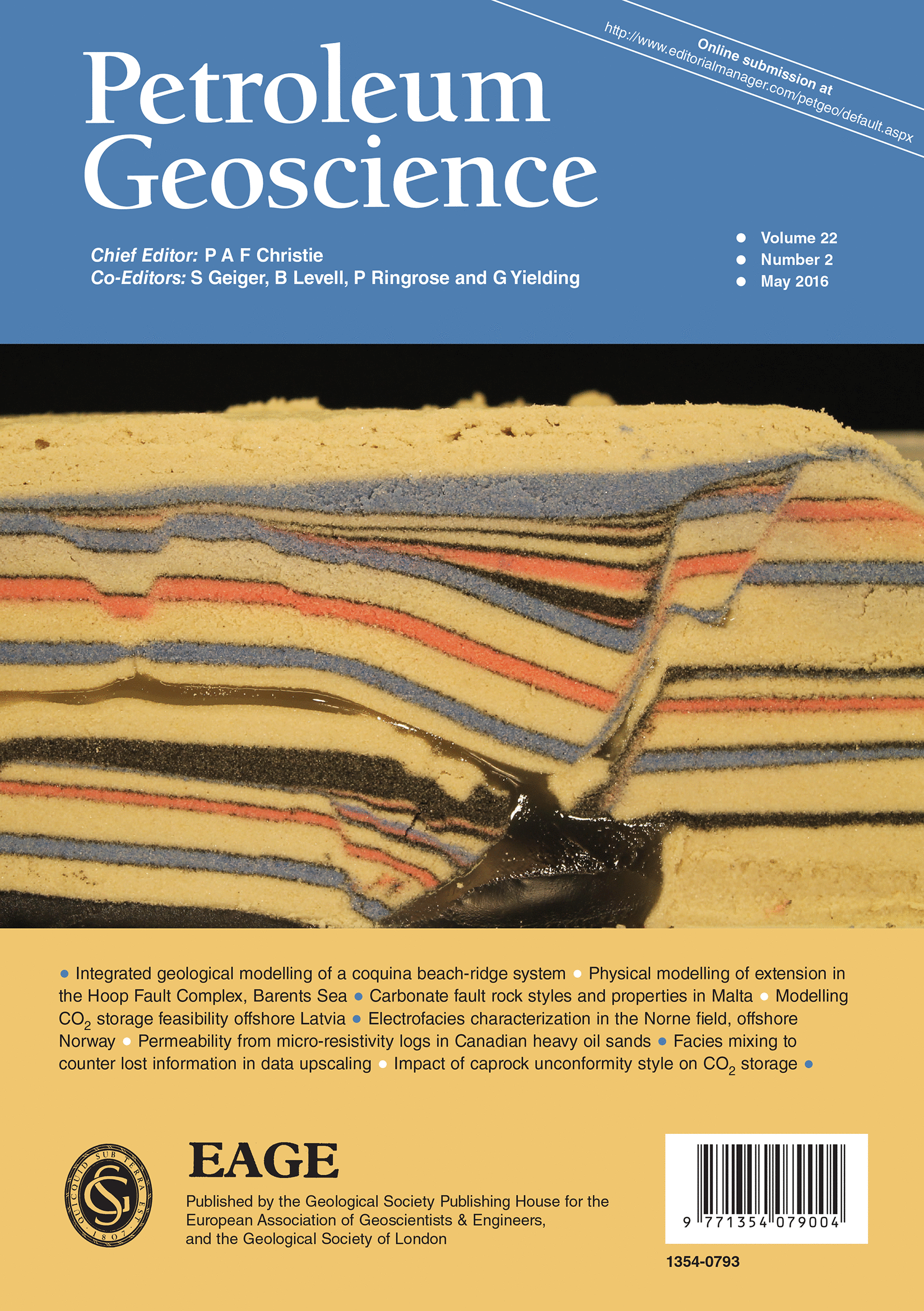
Full text loading...
The McMurray Formation is the most volumetrically important source of bitumen in the Canadian oil sands. While there are many parameters that affect prediction of bitumen recovery in commercial in situ oil sand projects, absolute permeability is the most important geological parameter. In this paper, we describe a customized near-wellbore modelling workflow for the estimation of vertical and horizontal permeability in the McMurray Formation using high-resolution microresistivity images. All steps required to calculate permeability logs calibrated to core plug measurements are documented and detailed. To show a general applicability of the method, a case study of several wells from the Cenovus Energy Inc. (Cenovus) Foster Creek project is presented. The wells are specifically selected to be different in terms of facies, their characteristics and interval lengths.

Article metrics loading...

Full text loading...
References


Data & Media loading...

